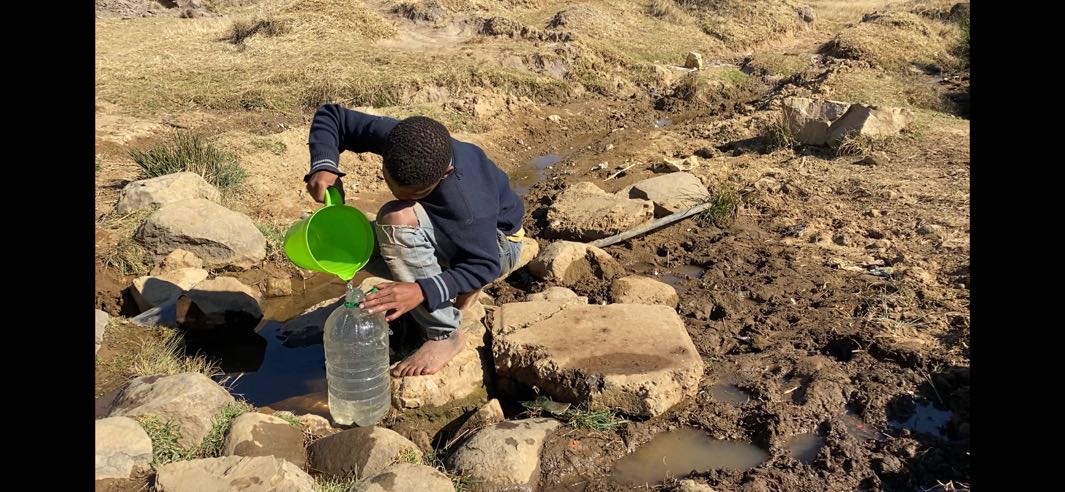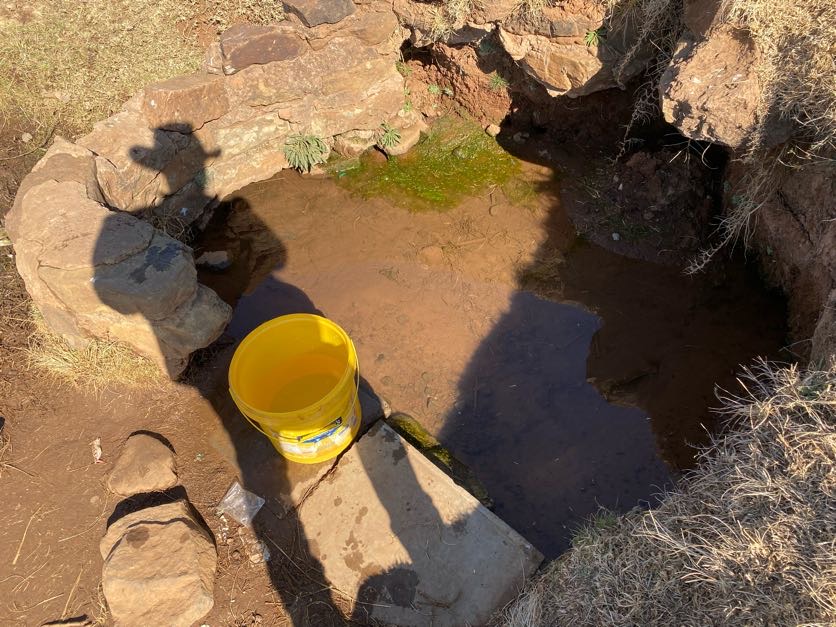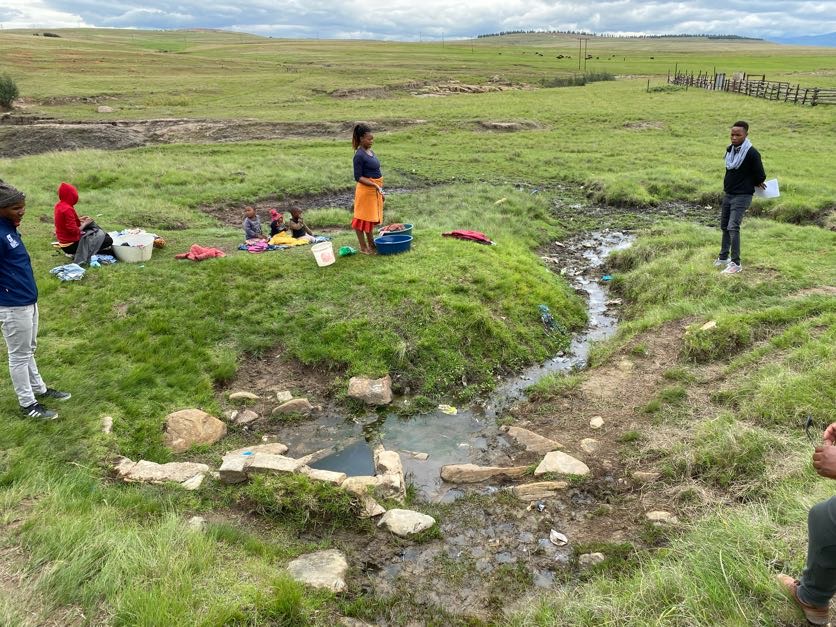An avid fly-fisherman and author of a novel on flyfishing, Andrew Fowler has spent a lifetime exploring the Drakensberg rivers. ‘Over the years I have witnessed the degradation in the formerly pristine waters of catchments like the uMngeni and iNzinga, with an insidious increase in dirty water and agricultural pollution,’ explains Fowler, a business manager with a degree in agricultural management from the University of KwaZulu-Natal, who was born, raised and lives in the KwaZulu-Natal (KZN) Midlands.
From 2013 Fowler started focusing on catchment and river conservation, and to add to his knowledge a few years ago he attended the Rivers Trust Conference in the UK and visited several associated organisations there.
In 2020 he established a non-profit organisation called Upland River Conservation and drew up a catchment management plan for the 16 000ha upper uMngeni catchment, on which 45% of KZN’s population, including millions of people in Pietermaritzburg and Durban, rely for water.
Fowler applied to the WWF Nedbank Green Trust which has a number of projects in South Africa’s Strategic Water Source Areas (SWSAs) and has received three years of funding for his project called the KwaNovuka Catchment Sensitive Farming Pilot Project, starting in March 2023.
‘The importance of conserving our catchments is that they are able to free up more water. For every two drops of water in South Africa’s rivers, one originates in only 8% of our country’s land area, mostly in the SWSAs’ high mountain catchments, including the uMngeni and iNzinga.
‘All catchment rehabilitation efforts need to start at the top of the catchment at the headwaters to slow down the water flow, coupled with improving the grass cover,’ Fowler explains. Both the uMngeni and iNzinga catchments flow down through wetland-rich grasslands grazed by cattle.

The project will focus on partnering with the communal and commercial cattle farmers in both catchments to create a shared learning platform for optimal grassland management and catchment sensitive farming. We will look at grazing methods that are proving to be very successful in the communally grazed areas of the SWSA in the Matatiele region of the Eastern Cape.
The KwaNovuka project underpins existing current grassland and catchment management projects in the two catchments, such as Meat Naturally’s Herding for Health project and Umgeni’s Water’s stewardship project, both of which are being implemented by the Institute of Natural Resources (INR).
‘Cattle are the currency in both the commercial and communal farming sectors in the two catchments, and many families are entirely dependent on cattle for their livelihoods,’ Fowler explains. ‘The project will facilitate and fund a joint learning, study group, with communal and commercial cattle farmers representing all beef farming interests in the twinned upper catchments of the uMngeni and iNzinga. Approximately 78% of the overall land use in this area comprises of beef farming.’
The study group will work together to agree on grazing approaches that help restore and maintain healthy, resilient grasslands. They will also look at developing a best practice manual for current and future landowners, perhaps with joint management co-ordination in respect of burning and other practices.
‘Good grazing practices combined with prudent burning schedules contribute to the health of the grasslands which are directly connected to the health of the catchments as the grasslands serve as a giant rainwater sponge that feed water into the rivers throughout the year,’ Fowler explains. Degraded landscapes lead to significant soil erosion, undermining their water provision to the rivers, and washing vast amounts of topsoil down river, which would currently cause a major silting issue in the planned Smithfield Dam, that is concerning the dam engineers.
As part of the project Fowler would like to draw up a catchment management plan for the upper iNzinga catchment, which is a tributary of the uMkhomazi River that will feed into the Smithfield Dam which will help to service Durban and Pietermaritzburg’s water needs within the next two decades.
For the most part the grasslands in the project region used to be devoid of trees, except for the steep south-facing slopes where small patches of beautiful indigenous forests are found. But alien invasive plants, predominantly black wattle, but also eucalyptus and bramble, have invaded the landscape. Organisations like Working for Water and the Institute of Natural Resources (INR) need to use their resources to tackle the alien invasive species. In both catchments, black wattle infestations use millions of kilolitres of water.

‘Our grassland management work will help to prevent further invasion of the grasslands by alien invasive trees,’ says Fowler. ‘Down the line we would like to formalise water resource governance in the region through the establishment of a local water resource management institution.’
The central geographic point of the KwaNovuka project’s focus is the village of KwaNovuka, which is situated within the wetland-rich uMngeni catchment, but straddles the watershed, with drainage to the uMkhomazi via the iNnzinga tributary. This is communally farmed land within the Impendle Municipality, which includes a pristine 260ha wetland called the Impendle Vlei.
‘We are aligning the KwaNovuka project with the offset work emanating from the Smithfield Dam project, in keeping with the ambitions of the proposed eThekwini Water Fund, and the Biodiversity Stewardship model of expanding protected areas on private and communal land within the two adjacent catchments,’ Fowler explains.
Money from uMngeni Water has been invested in a trial project in the area in three sites – they are removing alien invasive wattle trees and using the brushwood material to build erosion control berms, and they have planted grass in soil eroded areas, coupled with well-managed grazing
‘If farmers can experience improved livelihoods from the project, given that well-managed, healthy grasslands can achieve higher profitability from improved cattle herds and calving percentages, it will create a long-term incentive to adopt the best practices established by the project,’ says Fowler. ‘Cattle farmers there are getting more money for their cattle on auction because the animals are in good condition, and there is opportunity for younger people to stay in the area and make a living from cattle. We are aware that improved livelihoods and opportunities are key to the success of the project, and we believe we can achieve this.’
Source: Levergy









